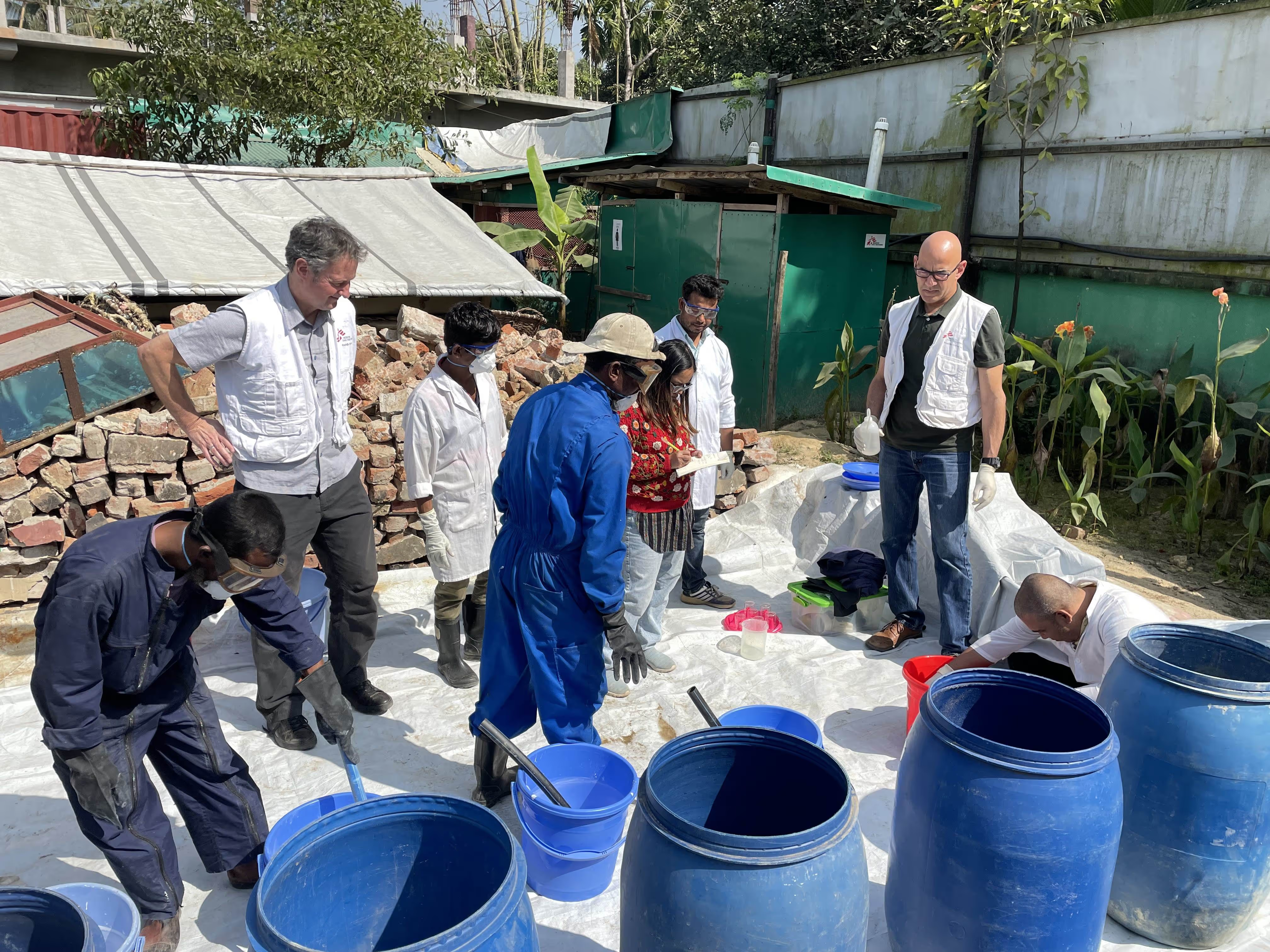RAM-OP: Comparing RAM-OP with SMART from the first field test‚ November 2014

HelpAge International, Valid International and Brixton Health are developing an innovative method of assessing the needs of older people in emergencies, including their nutritional needs. The Rapid Assessment Method for Older People (RAM-OP) is meant to offer a simple, quick, reliable, robust and cost effective method for assessing the nutritional status and vulnerabilities of older people in emergencies.
The first field trial of the RAM-OP method was undertaken in Kolfe Keranyio, a sub-city of Addis Ababa (Ethiopia) in February and March 2014. We carried out two surveys using the SMART method and a prototype RAM-OP method simultaneously in the same population and comparing the two surveys in terms of resource requirements and survey results. This blog describes key results of the first field trial of the method.
We compared the results from the SMART and RAM-OP surveys using a statistical test. We also compared the 95% confidence intervals on the difference between indicator estimated from the SMART and RAM-OP surveys.
A first conclusion was that all the estimates of the indicator from the RAM-OP survey data were produced with useful precision.
A second conclusion is that the most of the estimates from the SMART and RAM-OP surveys were not significantly different from each other. For example, the diet diversity score was 5.98 (between 5.79 and 6.16) for SMART and 6.17 (between 5.98 and 6.37) for RAM. Or the average K6 index of psychosocial distress was 6.19 for SMART (between 5.19 and 7.19) and 6.09 (between 5.58 and 6.57) for RAM.
This was not the case for thirteen of the sixty calculated indicators. All of these thirteen indicators were based on non-validated question sets. For example, low vision and blindness was assessed by self-report rather than by a formal assessment of visual acuity.
No significant differences were found between the surveys for any indicator calculated in a standard manner from data collected using standardised questions-sets or from purely quantitative measurements. This conclusion was used to improve the questionnaire for the second field test.
The RAM-OP survey was about two thirds cheaper than the SMART survey in proportion to the number of clusters sampled. We hope that larger (i.e. up to 50%) cost savings may be possible, for example by reducing the number of clusters (from 20 to 16). This was also tested in the second field test.
In conclusion, the first field test has shown that the RAM-OP survey provided comparable results to the SMART survey at about two-thirds of the cost. We’ll see next month if the second field has confirmed these encouraging results…
Stay updated
Sign up for our newsletter to receive regular updates on resources, news, and insights like this. Don’t miss out on important information that can help you stay informed and engaged.
Related articles



Explore Elrha
Learn more about our mission, the organisations we support, and the resources we provide to drive research and innovation in humanitarian response.